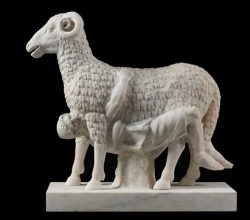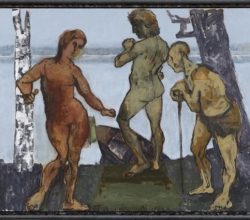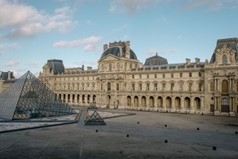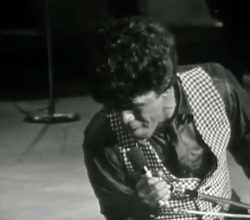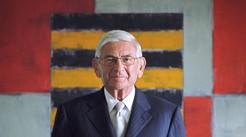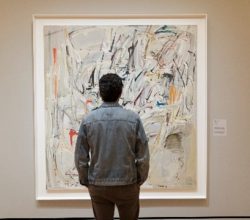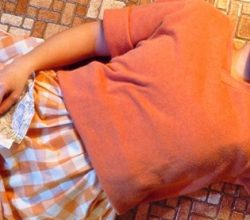
Peter Hujar: The Show Must Go On
Laurie Barron | Ocula | 5th May 2021
Once just a minor figure in New York’s downtown subculture, Hujar is now seen as a great of American photography. Especially acclaimed are his meticulous, empathetic portraits. Drag performers were a particular fascination because of their courage to be different as well as the ambiguous dividing line between the person and the performance. Said Nan Goldin “he found beauty and value in every stage of life, and grace in every variety of flesh”.


